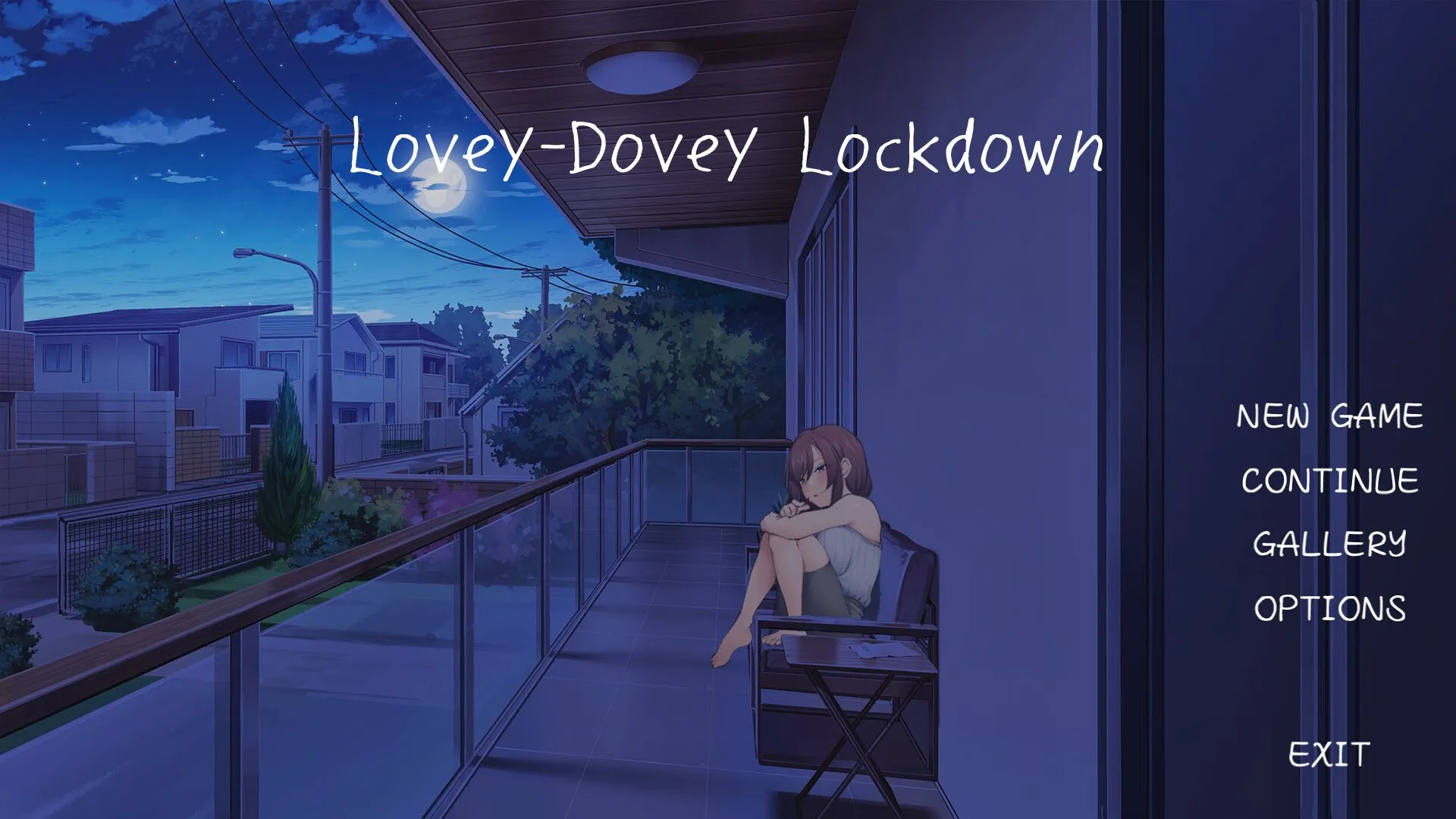
The Silver Lining
Play The Silver Lining
The Silver Lining review
A deep dive into the story and gameplay of The Silver Lining
If you’ve heard whispers about ‘The Silver Lining’ game, you’re not alone. This title has sparked curiosity for its bold storytelling and immersive gameplay. The Silver Lining stands out in its genre for its unique approach to narrative and character development. In this article, we’ll explore what makes The Silver Lining such a talked-about experience, from its story arcs to its gameplay mechanics. Whether you’re a fan of interactive fiction or just curious about what sets this game apart, you’ll find everything you need to know right here.
What Is The Silver Lining Game?
I still remember the first time I booted up The Silver Lining game. I was expecting just another interactive story, something to kill a few hours. What I got instead was an experience that completely redefined what I thought a narrative-driven game could be. I was up until 3 AM, not because of a grinding mechanic or a difficult boss, but because I had to know what happened next to the characters I’d grown to care about. That’s the magic of this title.
If you’re tired of games that hold your hand or treat you like a passive spectator, you’ve come to the right place. Let’s pull back the curtain on one of the most compelling pieces of interactive fiction I’ve ever had the pleasure of playing. 🎭
The Story Behind The Silver Lining
At its heart, The Silver Lining story is a profound exploration of resilience and human connection. You step into the shoes of Alex, a photographer grappling with a profound personal loss that has left their world shrouded in grey. The core premise isn’t about saving the world from an alien invasion; it’s about saving a person from the crushing weight of their own grief. 😢 This intimate focus is what immediately sets it apart.
The narrative unfolds through a series of beautifully written encounters and flashbacks. I’ll never forget one particular scene in a dusty old attic, where Alex finds a box of childhood memorabilia. The game didn’t just show me a cutscene; it let me slowly sift through each object—a faded ticket stub, a broken watch—each one triggering a memory that I could explore. This method of storytelling makes The Silver Lining narrative feel less like something you’re watching and more like something you’re actively unearthing. You are an archaeologist of a broken heart, piecing together the past to understand the present.
What truly elevates The Silver Lining story is its treatment as an adult game. Now, don’t get the wrong idea—this isn’t about gratuitous content. When we say “adult,” we mean mature, complex themes handled with the nuance they deserve. The game deals with topics like regret, the fragility of relationships, and the difficult search for hope. It respects your intelligence and your emotional capacity, presenting a world that feels authentically complicated, much like our own lives.
Gameplay Features and Mechanics 🎮
So, how do you actually play this? If you’re imagining complex control schemes or quick-time events, think again. The Silver Lining gameplay is a masterclass in putting player choice at the forefront. The primary mechanics are exploration, dialogue, and decision-making.
The world is your interactive canvas. You can examine almost everything, and these interactions aren’t just for flavor. Inspecting a photograph on a wall might reveal a crucial detail about a character’s past, while choosing to listen to a specific song on the radio could shift Alex’s emotional state, opening up new dialogue options later. This makes the environment feel alive and meaningful.
The real power in your hands isn’t a weapon; it’s the ability to listen, to observe, and to choose your words with care.
Where The Silver Lining gameplay truly shines is in its branching narrative paths. The choices you make, both big and small, have tangible consequences. I learned this the hard way. In one playthrough, I chose to be defensive and sarcastic with a character trying to help Alex. It seemed like a minor decision at the time, but it ultimately locked me out of a deeply touching reconciliation scene hours later. There was no “Game Over” screen, just the quiet, poignant consequence of my actions. This system ensures that your journey feels uniquely yours.
This is the essence of The Silver Lining interactive fiction. You are not along for the ride; you are the one steering, and every conversation is a potential fork in the road. The game tracks your relationships, your emotional progress, and your key decisions, weaving them all into a final act that feels like a direct result of your involvement.
Why The Silver Lining Stands Out ✨
In a gaming landscape filled with loud spectacles, The Silver Lining game is a quiet, confident whisper that demands you lean in and listen. Its standout quality is, without a doubt, its unparalleled commitment to The Silver Lining character development. You don’t just watch Alex change; you feel every step of that transformation in your own gut. The supporting cast is equally rich, each with their own flaws, motivations, and arcs that evolve based on your interactions with them.
Furthermore, its identity as The Silver Lining adult game is its greatest strength. It proves that “mature” can mean emotional depth and psychological complexity. It’s a game that trusts its audience to handle subtlety and sit with uncomfortable feelings. I’ve never played anything else that made me pause the game simply to reflect on a philosophical question a character posed during a casual conversation.
To see how it stacks up against other titles in its genre, let’s break it down:
| Feature | Typical Narrative Game | The Silver Lining |
|---|---|---|
| Player Agency | Illusion of choice; few major branches | Deep, systemic choice; consequences ripple through the entire narrative |
| Character Arc | Main character follows a fixed path | Protagonist’s personality and recovery are shaped by player decisions |
| Thematic Depth | Often explores good vs. evil or simple moral dilemmas | Explores nuanced adult themes like grief, forgiveness, and self-discovery |
| Pacing | Can be rushed to fit action sequences | Deliberate and reflective, allowing emotional moments to breathe |
My final piece of advice for anyone diving into The Silver Lining game is this: play it honestly. Don’t try to “game” the system or look up the “best” choices. Let your instincts guide you. Respond how you truly feel. That first, unspoiled playthrough is a special kind of magic, a personal story between you and the game that will stick with you long after the credits roll. It’s more than a game; it’s an experience in empathy and a beautiful reminder of the light that can be found, even in the darkest of times. 💫
The Silver Lining offers a distinctive experience for fans of interactive storytelling and adult-themed games. Its engaging narrative, memorable characters, and innovative gameplay set it apart from the crowd. If you’re looking for a game that challenges conventions and delivers a compelling story, The Silver Lining is definitely worth exploring. Dive in and see what makes this title a standout in its genre.









